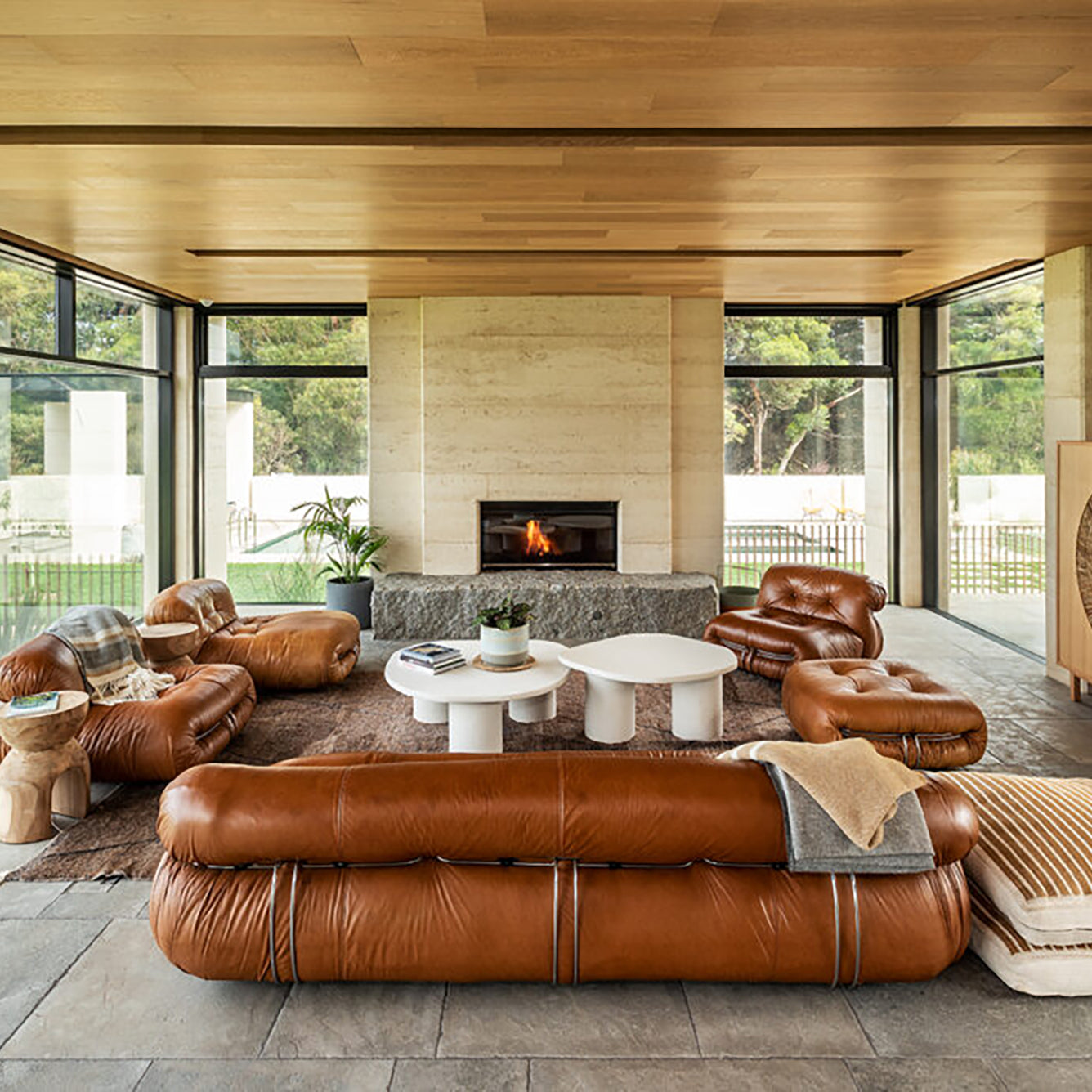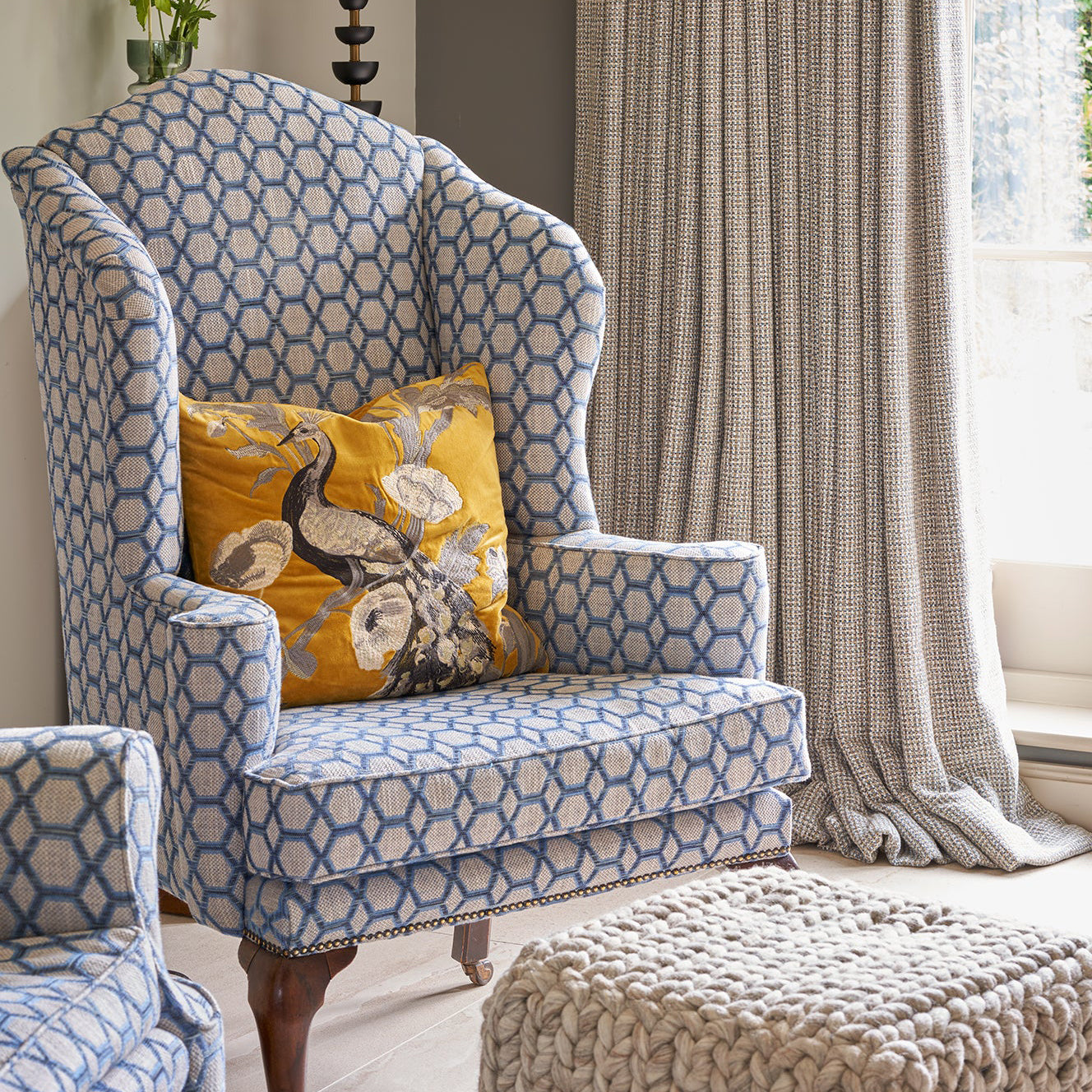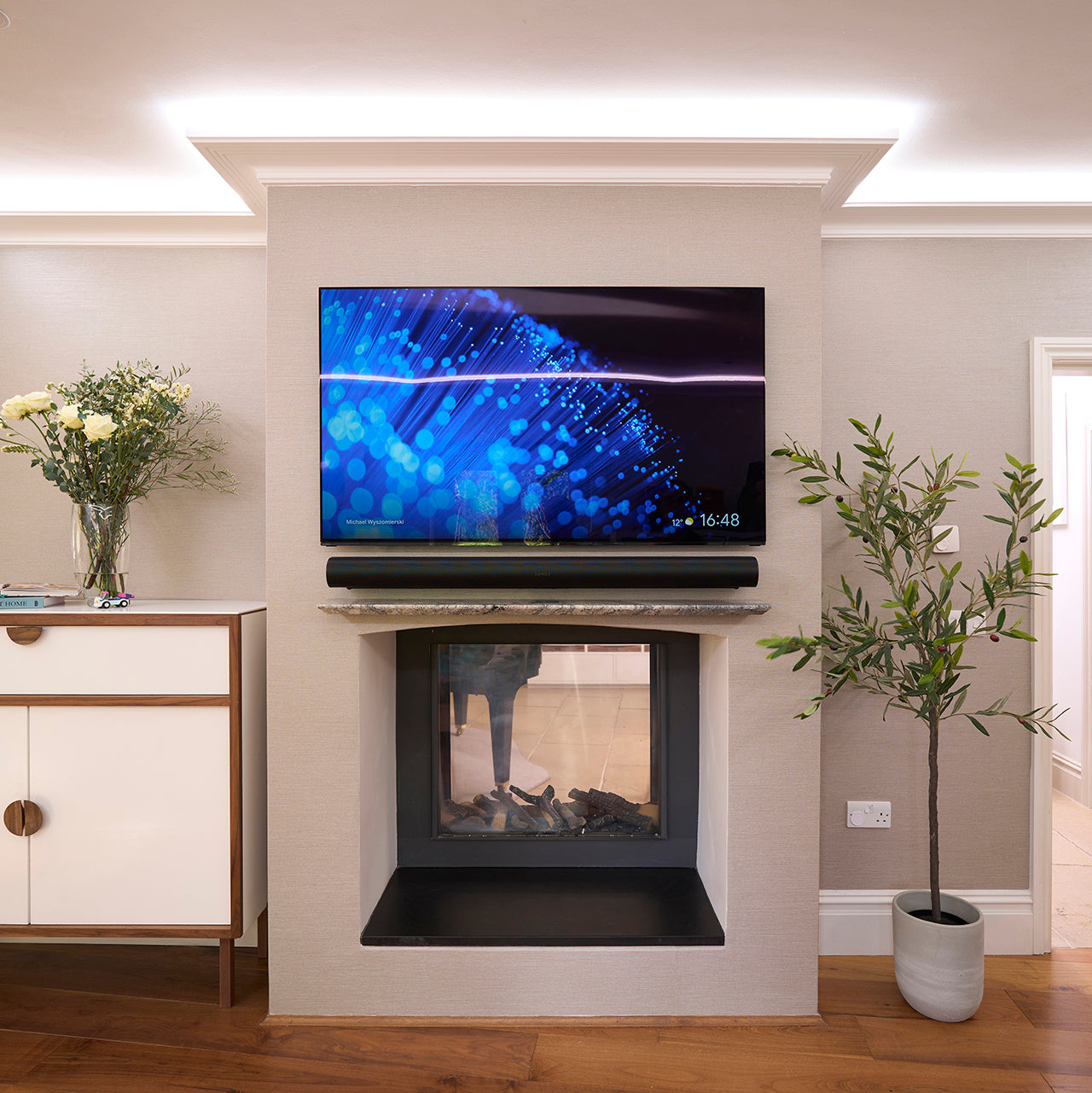MUSINGS, INSPIRATIONS, RECIPES, FEATURES & MORE
LATEST / INTERIORS INSPIRATION / COUNTRY & PERIOD HOUSE GUIDES / MUSINGS / SUSTAINABILITY / FEATURES / HEALTHY LIVING
A WHISTLE-STOP TOUR OF PERIOD ARCHITECTURE IN ENGLAND
England is fortunate to enjoy some of the finest examples of period architecture prompted by a long history and protected by a listings system and a hard core of UK citizens who cherish and restore period properties.
How the different eras of architecture manifest will depend to some degree on whether you are in a town or cityscape, or a village or rural location. Geography also dictates building materials and features which, post industrial revolution, became more widespread due to the advent of the railways and increased transportation. These variations aside, it is possible to divide English architecture into different periods based on date spans (hotly disputed amongst purists) so defining dates should always be regarded as a loose guide.
TUDOR

The Tudor period dates from around the 1480s to 1603 and Tudor properties are characterised by a timber frame and internal wooden structure with exposed timbers on the inside and outside of the house, a style copied in the 20th century and known as ‘Tudorbethan’. Sometimes referred to as hall houses, these properties usually feature a central hall which was the focal point of eating, socialising and entertaining guests, with the family living with their servants. They often have an E or H-shaped layout and feature narrow doors and windows easily understandable as glass was scarce and expensive.
The Fire of London in 1666 marked a turning point for timber homes with 13,200 wooden houses destroyed in London in four days following which Parliament decreed that houses must be built of brick. The vulnerability of timber to fire has accounted for the loss of many Tudor homes throughout England.
STUART / JACOBEAN

The Stuart /Jacobean period is shorter than the Tudor starting in 1603 and ending around 1714. By this time houses were changing in design to feature small rooms at the top of the building for servants and terraced properties were also starting to make an appearance made of either brick or stone. Internally, wood panelling and richly plastered and ornate ceilings were all influences borrowed from abroad as trade with Europe and beyond really began to take off although these properties were only within the pocket of the very rich.
GEORGIAN

The Georgian era from 1714 to 1830 is regarded by many as the crowning glory of English period architecture and Georgian homes are some of the most popular when it comes to the period house hunter. Because in the scheme of things, the Georgian era is relatively recent, there is an abundance of Georgian houses across England.
Described as one of the most elegant of styles, Georgian houses are unmistakable with a symmetrical style, spacious rooms and high ceilings. The Georgians were keen on displaying their wealth and houses were designed to be comfortable and aesthetically pleasing with light rooms and grand proportions, a real contrast to what had gone before.
Georgian houses are frequently three storeys with the staff accommodated at the top of the building with typically lower ceilings and smaller windows. Kitchens were on the lower ground floor, ‘below stairs’. Large Georgian buildings with lots of windows fell foul of the Georgian window tax which was levied on homeowners between 1696 and 1851. Window tax was a type of income tax and resulted in many larger houses having some of the windows bricked up, a feature which remains even today on many Georgian buildings.
VICTORIAN

The Victorian era is quite short, 1830 through to 1901 and borrows some of the style ideas from the Georgian period such as high ceilings and large windows but in general, houses are more workmanlike reflecting the fact that more and more people were buying houses in the wake of the Industrial Revolution or just improving their accommodation.
Victorian properties are abundant in towns, cities and villages reflecting the demand for accommodation and perhaps explaining the concept of the terraced row which had been around pre the Victorian era but really took off at this time. ‘Back-to-backs’ were common with no garden and poor sanitation and houses tended to be narrower with just two floors. Houses are brick built with a fashion for pretty tiling around fireplaces and geometric tiled floors in the hallway and colourful stained glass often a feature.
EDWARDIAN

The shortest lived of architectural periods spanning just a few years from 1901 to 1914. Edwardian homes feature all the practicality of the Victorian style with the vibrancy of the Arts and Crafts Movement, with large spacious buildings designed to offer modern conveniences with a simple design that in its own way harked back to an earlier simpler time pre Industrial Revolution.
The Edwardian era marked the advent of the garden suburb which was partly a response to the lack of room for new properties in the towns and cities and also a desire to capture some of the idyllic probably stylised elements of rural living. Gardens were larger back and front and privacy was an important consideration.
Every English town or village will demonstrate a range of architectural styles – sometimes the challenge can be accurately dating a property as some will feature changes and alterations over the centuries and large buildings may have sections which date to different eras. Most homeowners have their favourite period or style and modern building techniques and materials mean that period homes can be restored to their former glory and still provide 21st century comforts and sustainable living.
If you would like to discuss a period design & renovation project with us, please email projects@fawninteriors.co or call 01962 435 035.




